Cyclohexanemethanol
Ce produit n’est plus fabriqué, mais il nous reste encore un peu de stock.
(Hydroxymethyl)cyclohexane ; Hexahydrobenzyl alcohol ; Cyclohexylcarbinol ; Cyclohexylmethanol
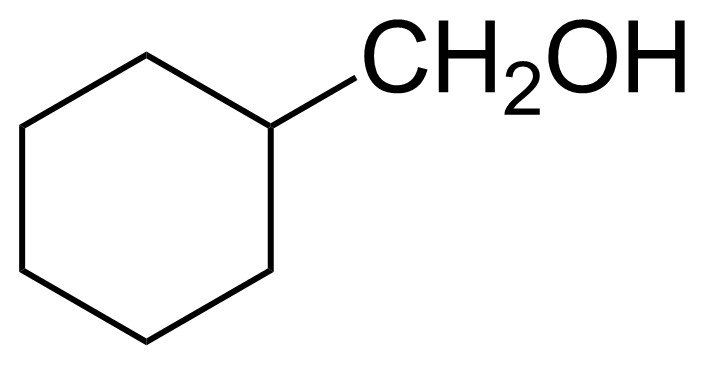
Pour plus d’informations ou si vous avez des questions, veuillez nous envoyer un e-mail georganics@georganics.sk ou utiliser notre formulaire de contact
Informations réglementaires
Pas une substance ou un mélange dangereux selon le règlement (CE) no 1272/2008.
Catégorisation des produits
Description
Cyclohexanemethanol est un composé chimique utile avec une variété d'utilisations de recherche. Nous sommes heureux d'offrir des Cyclohexanemethanol de haute qualité dans différentes tailles (pour la recherche, l’échelle pilote ou les applications de production) du milligramme aux lots de plusieurs kilogrammes, ce qui vous permet de sélectionner facilement la bonne quantité pour vos besoins.
Afficher la description complèteGeneral description of Cyclohexanemethanol:
Cyclohexanemethanol (CM), or (hydroxymethyl)cyclohexane, or cyclohexylcarbinol [100-49-2] is six-membered alicyclic organic compound that belong to alcohols. In its pure form, it is colorless viscious highly flammable liquid with the boiling point of 179-180 °C.[1] It is insoluble in water and soluble in common organic solvents. CM is a non-corrosive and quick volatilize liquid with the LD50 = 250 mg/kg (mouse, intraperitoneal).[2] Convenient laboratory preparation starts with chlorocyclohexane that is converted to cyclohexylmagnesium chloride, which reacts with formaldehyde or paraformaldehyde.[3]Application of Cyclohexanemethanol:
Cyclohexanemethanol is usually used as a reagent in organic synthesis. It acts as a nucleohpile in highly beta-selective glucosidation of ethylthioglucosides.[4] It can be used as a starting material for the synthesis of cyclohexanecarboxaldehyde, cyclohexanecarboxylic acid, cyclohexanone, and 1,4-cyclohexadione by photocatalytic oxidation using titanium dioxide nanoparticles.[5] Cyclohexanemethanol can be biologically oxidized by the yeasts Candida maltosa and Trichosporon mucoides under laboratory conditions.[6]Important Notes:
Store in cool place. Keep container tightly closed in a dry and well-ventilated place. Incompatible materials are Strong oxidizing agents, Acid chlorides, Acid anhydrides. Excess heat. Keep away from open flames, hot surfaces and sources of ignition. Hazardous Combustion Products: Carbon monoxide (CO), Carbon dioxide (CO2). Cyclohexanemethanol is stable under normal conditionsProduct categorization (Chemical groups):
Main category: Second level: ______________________________________________________________________________________Produits similaires
| Nom du produit | Structure | Numéro CAS | G-code | |
|---|---|---|---|---|
| 1-Acenaphthenol | 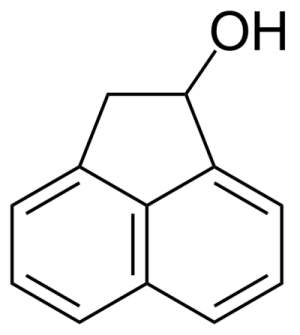 | [6306-07-6] | GEO-00001 | |
| 7-Acetamido-4-hydroxy-naphthalene-2-sulfonic acid | 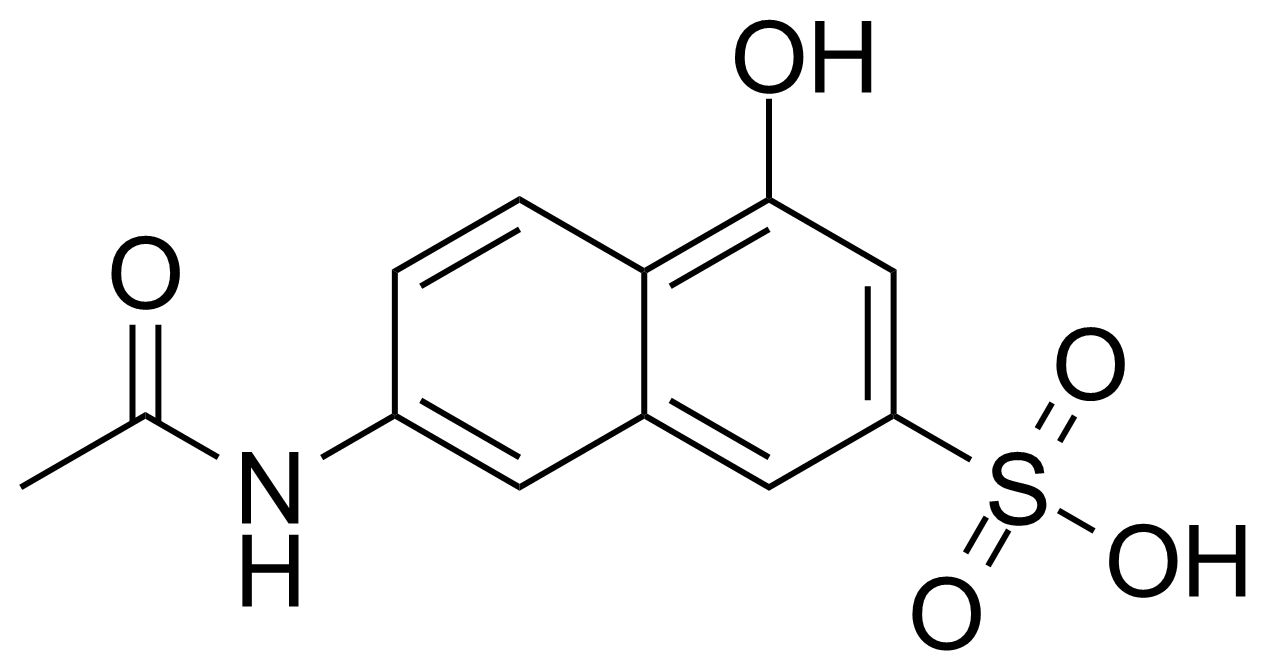 | [6334-97-0] | GEO-04013 | |
| 1-Adamantanemethanol | 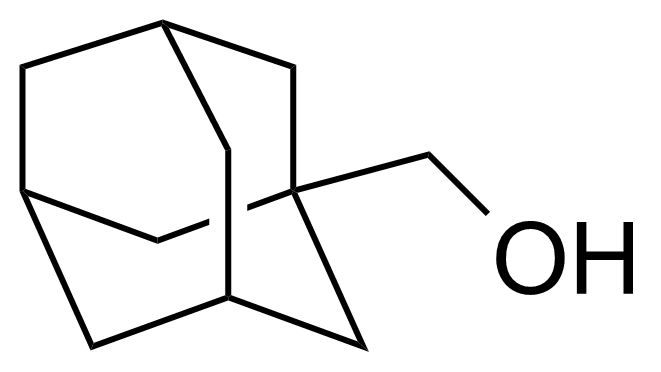 | [770-71-8] | GEO-04333 | |
| beta-D-Allopyranose | 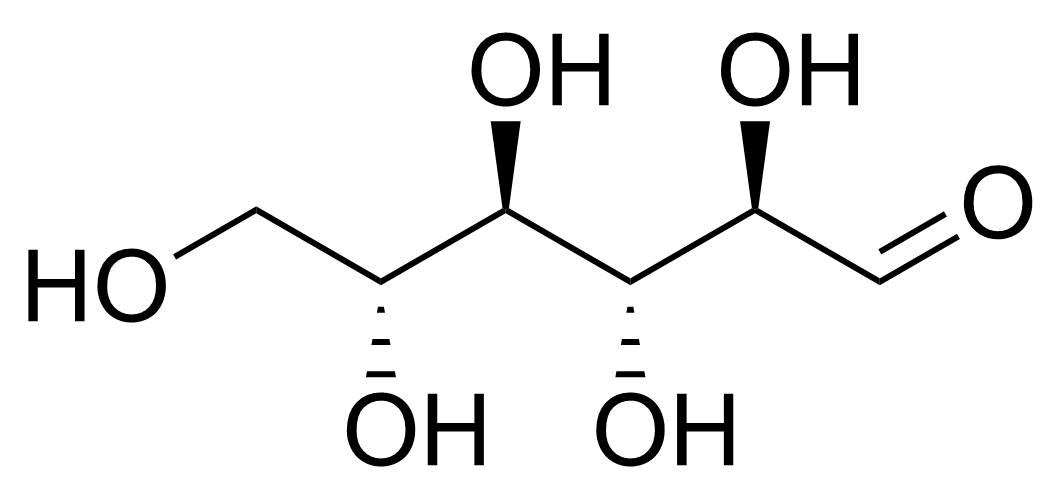 | [7283-09-2] | GEO-04660 | |
| D-Allose |  | [2595-97-3] | GEO-00057 | |
| L-Allose | 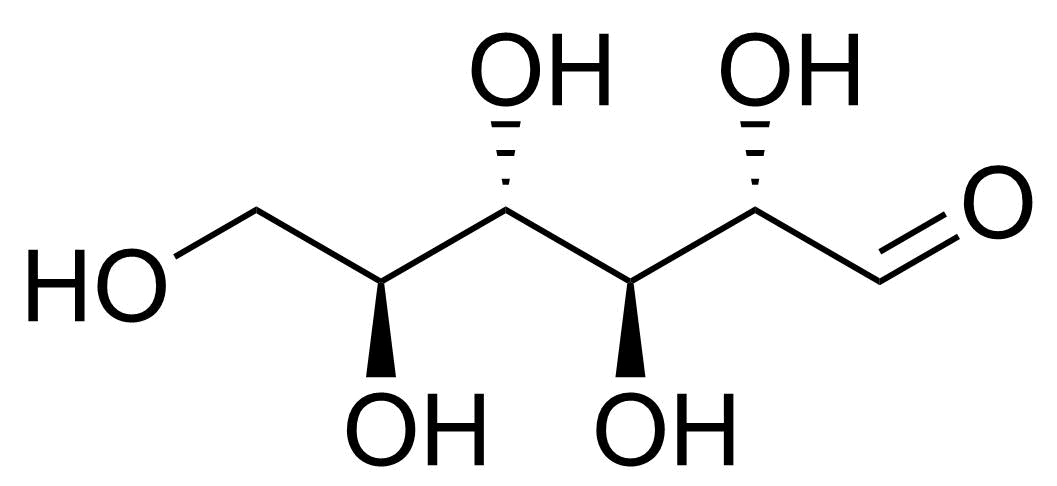 | [39392-62-6] | GEO-04661 | |
| 2-(Allyloxy)phenol |  | [1126-20-1] | GEO-04471 | |
| D-Altrose |  | [1990-29-0] | GEO-00058 | |
| L-Altrose | 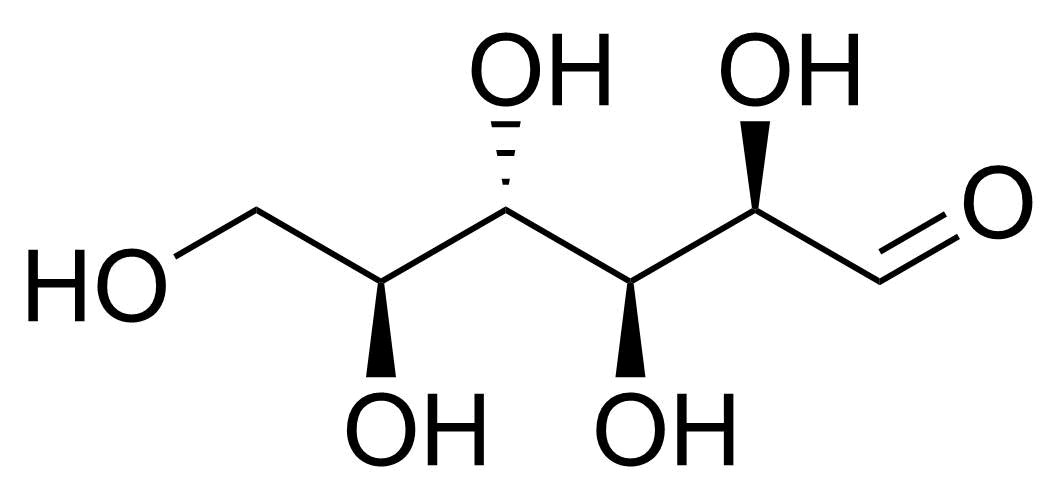 | [1949-88-8] | GEO-04662 | |
| (2R,4S)-2-Amino-4-cyclohexyl-4-hydroxybutanoic acid | 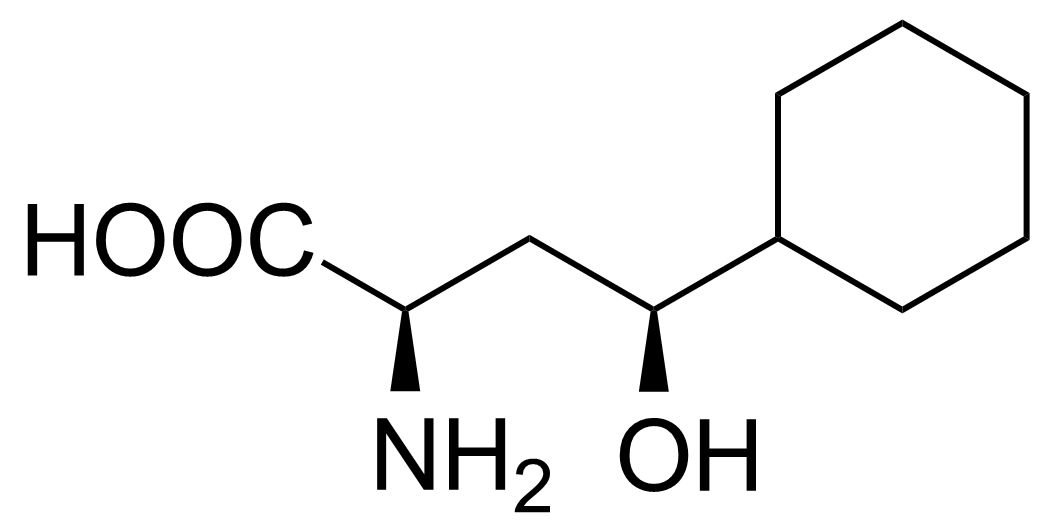 | [] | GEO-02717 |